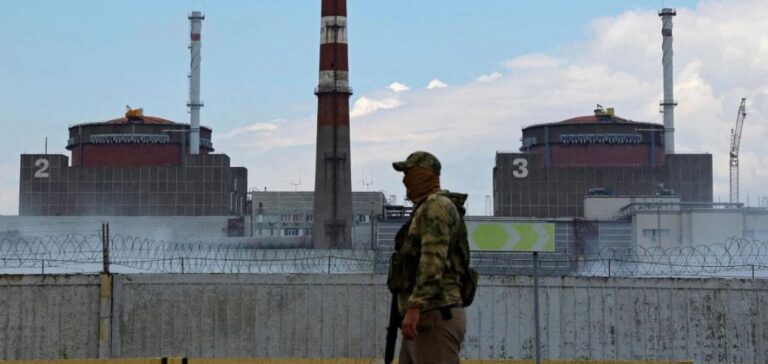After months of electricity shortages caused by Russian attacks on energy infrastructure, Ukraine announced Friday that it has regained sufficient power generation capacity to meet the shortages. Ukrainian Prime Minister Denys Chmygal welcomed on Telegram the absence of power cuts across the country for almost a week. However, he pointed out that repairing the damaged equipment would take many months and that some areas might still experience power outages.
Ukrenergo, the power system operator, confirmed on Telegram that there had been no capacity shortages in the power system throughout the week and that no shortages were currently expected. The power plants produce enough electricity to cover current consumption.
Months of terror caused by Russian attacks
After a series of military setbacks on the ground in late summer and fall, the Kremlin began in October to regularly strike Ukraine’s transformers and power plants, each time plunging millions of civilians into darkness and cold. “Four months of terror, thousands of missiles and drones. Russia has spent billions of dollars, but loses again, unable to break Ukraine on the energy front,” Chmygal stressed. However, he added that the attacks did not stop.
Restoring stable life in the capital of Ukraine
The Minister of Energy, German Galushchenko, said in a statement that electricity production will continue to meet consumption over the weekend. In the capital Kiev, streetcars and trolleybuses are running again “after being stopped for 56 days,” said the head of the city’s military administration, Sergei Popko. He commented on Telegram that “restoring stable life in the capital of Ukraine is another small but important step towards our future victory.”
Scheduled power outages to relieve the electrical grid
Repairs are made after each missile or drone strike that damages energy infrastructure, but scheduled power outages are often imposed to relieve the power grid. The duration of the outages is usually two hours and they may occur once or twice in a full day.
The difficult situation in eastern Ukraine
However, the situation remains complicated in eastern Ukraine, which is the epicenter of the fighting. In the small town of Siversk, near the front line, Valentina Novikova, a 72-year-old widow, has been without electricity and gas since May because of the fighting. She must therefore use a wood stove to heat her house and cook. Meanwhile, Volodymyr, a 55-year-old engineer, has to fetch water from a nearby well with a worn-out bucket because he has no access to running water. Despite the help of the authorities and volunteers who provide gas bottles, he does not know when electricity will be restored in the city.





















